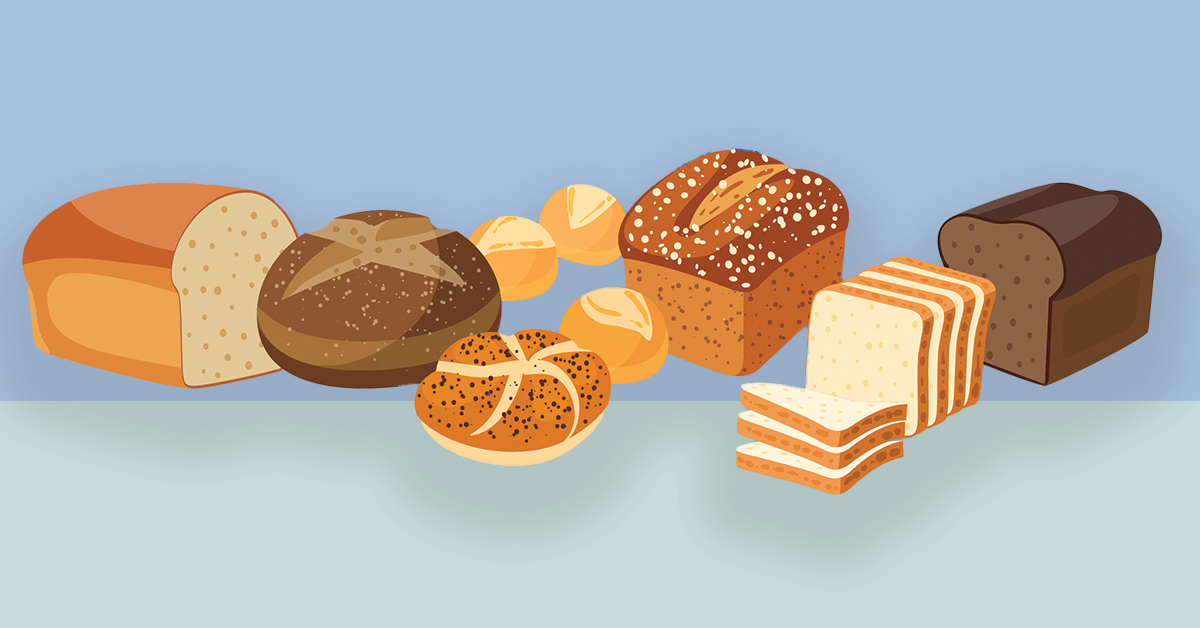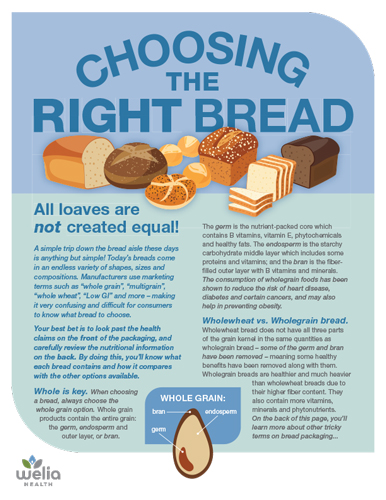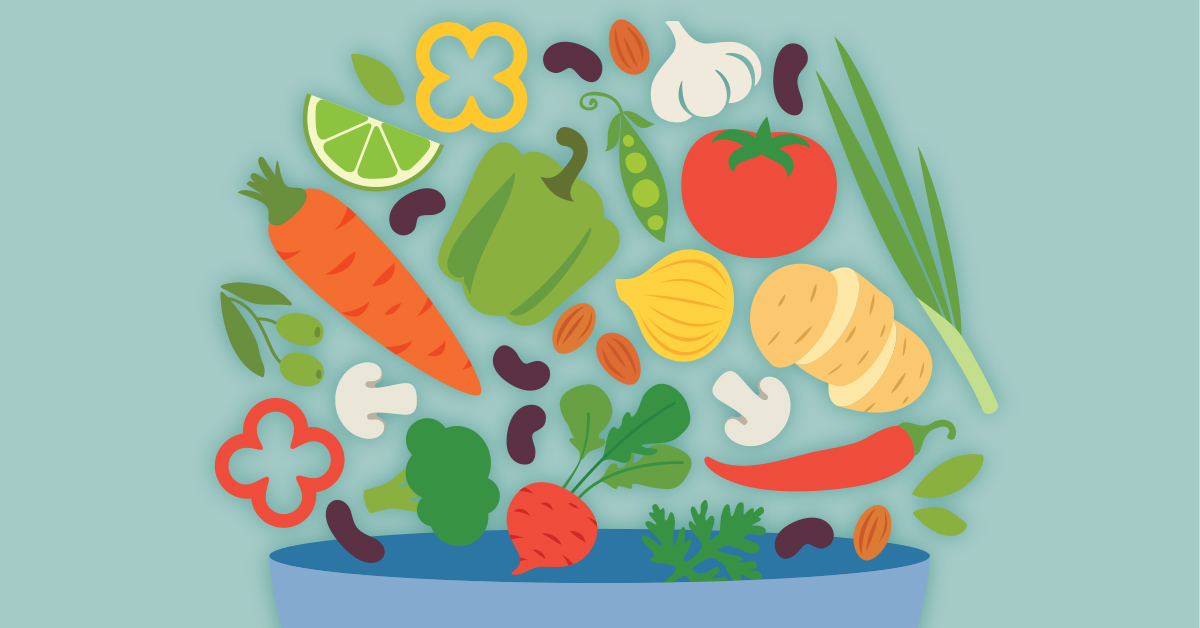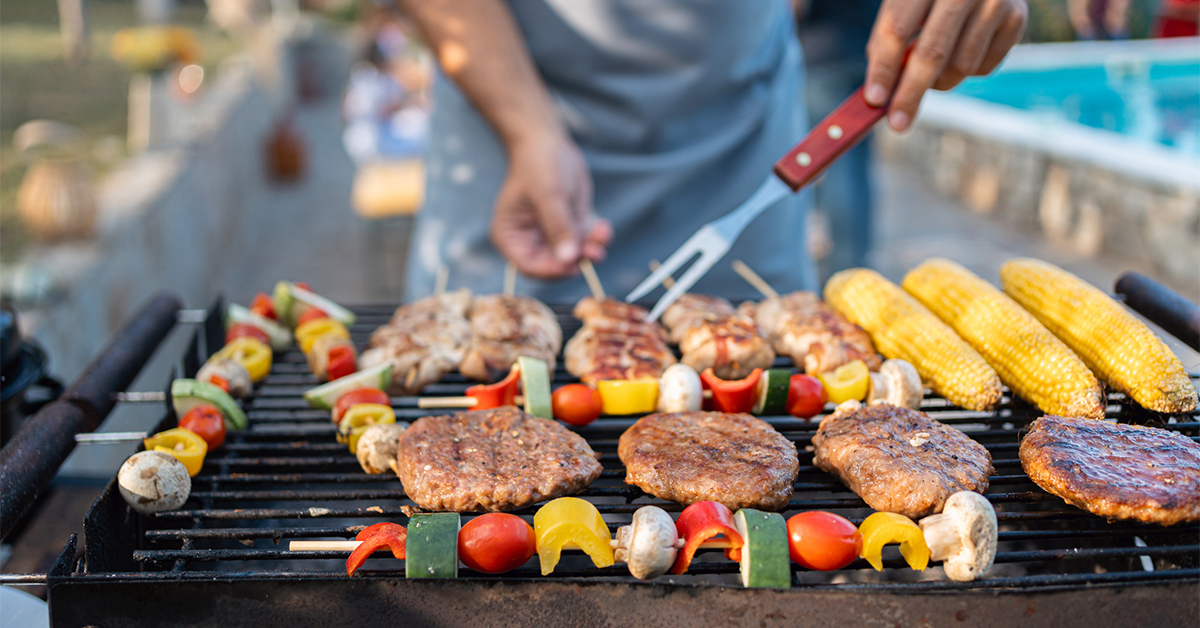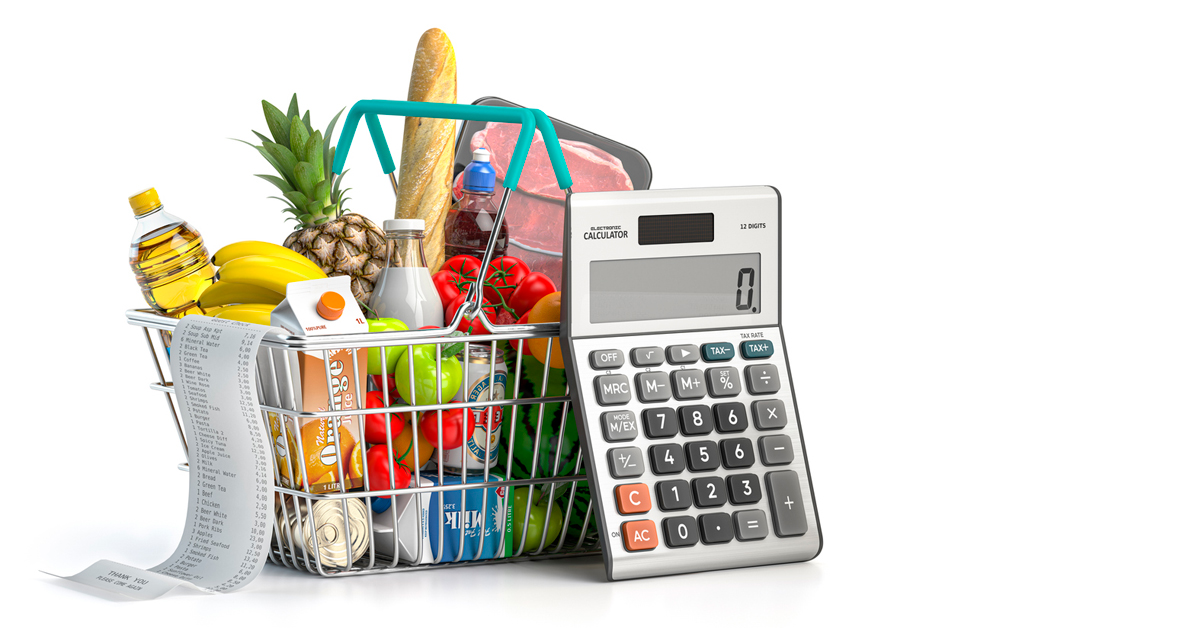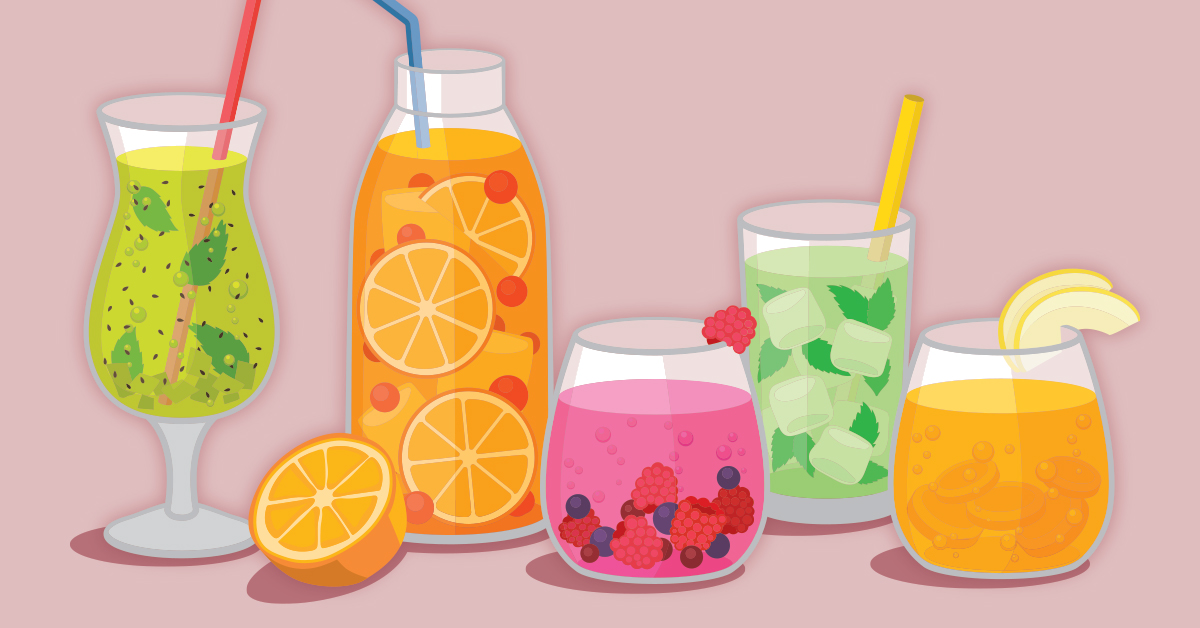All loaves are not created equal!
A simple trip down the bread aisle these days is anything but simple! Today’s breads come in an endless variety of shapes, sizes and compositions. Manufacturers use marketing terms such as “whole grain”, “multigrain”, “whole wheat”, “Low GI” and more – making it very confusing and difficult for consumers to know what bread to choose.
Your best bet is to look past the health claims on the front of the packaging, and carefully review the nutritional information on the back. By doing this, you’ll know what each bread contains and how it compares with the other options available.
Whole is key
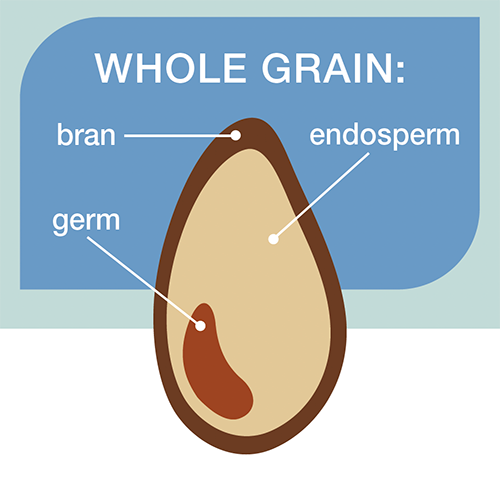
When choosing a bread, always choose the whole grain option. Whole grain products contain the entire grain: the germ, endosperm and outer layer, or bran.
The germ is the nutrient-packed core which contains B vitamins, vitamin E, phytochemicals and healthy fats. The endosperm is the starchy carbohydrate middle layer which includes some proteins and vitamins; and the bran is the fiber-filled outer layer with B vitamins and minerals.
The consumption of wholegrain foods has been shown to reduce the risk of heart disease, diabetes and certain cancers, and may also help in preventing obesity.
Wholewheat vs. Wholegrain bread
Wholewheat bread does not have all three parts of the grain kernel in the same quantities as wholegrain bread – some of the germ and bran have been removed – meaning some healthy benefits have been removed along with them. Wholegrain breads are healthier and much heavier than wholewheat breads due to their higher fiber content. They also contain more vitamins, minerals and phytonutrients. On the back of this page, you’ll learn more about other tricky terms on bread packaging…
What do all these “healthy” terms mean?
Unfortunately, we can’t rely on the marketing language used on the packaging when choosing our bread. Many of these terms are just ways to create the impression that the bread is healthy. Here are some examples:
- Multigrain: This type of bread contains more than one grain (for example – wheat, rice, corn, etc.) but may not contain the whole grain or even much fiber at all.
- Enriched: These are usually white or wheat breads that have vitamins and minerals added after the refining process; again, these breads may or may not be whole grain.
- Stone ground: This term only refers to the type of grinding the grain undergoes. It is not an indicator of whole grain.
What else does the nutrition label reveal?
- The order matters. By law, food manufacturers are required to list ingredients in descending order based on their weight. That means the first ingredient listed is the most abundant. Look for bread with one of the following listed as its number one ingredient: wholegrain wheat flour, wholegrain corn, whole rye, whole oats, wheat germ, barley, buckwheat, millet, spelt, quinoa or bulgar wheat.
- Fiber is important. The recommended fiber content is six grams of fiber or more per 100g of bread. The is the fiber that comes from the outer bran layer which is left intact in whole grains. Adequate fiber intake is essential to good gut health. Chronic diseases such as inflammation, obesity, type 2 diabetes, cardiovascular disease and even some mental diseases have been linked to poor gut health. You should aim for 25-35 grams of fiber per day, and half of your daily fiber intake should come from a variety of whole grains.
- Don’t forget serving size. Slices of bread vary greatly in size and weight. Be sure to look at the nutrition label to learn how many carbohydrates
- and calories are in each slice of bread. Look for thinly-sliced breads to assist portion control, or opt for open-faced you with sandwiches using one slice of bread rather than two.
Five delicious ways to enjoy your wholegrain bread
Fruit and nut combos!
Try wholegrain bread toasted with peanut butter and banana slices; almond butter and apple slices; or soy butter and pear slices.
Tomato & cheese, please!
Melt your favorite cheese on a piece of wholegrain bread and top with a fresh tomato slice.
Tasty toast!
Spread light tuna salad on toasted wholegrain bread and top with shredded carrot. Or try topping your toast with canned salmon, arugula and green pepper.
Healthier French toast!
Using wholegrain bread for your French toast makes it delicious and nutritious. Make extra slices to freeze and enjoy for a fast breakfast on a busy morning.
Sandwich surprises!
Treat yourself and your family to some unexpected sandwich combos:
- hummus, shredded carrots and baby sprouts
- refried beans, lettuce and tomato
- tzatziki and cucumber
- egg salad, dill and red onion
Bread-ready!
3 important things to remember:
- Whole grain is always the healthiest option
- Rely on the nutrition label for the best information
- Don’t be fooled by “healthy” marketing terms


